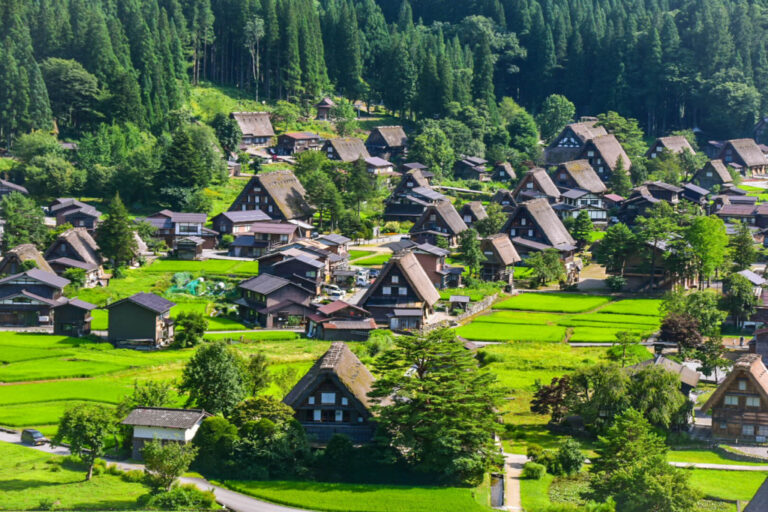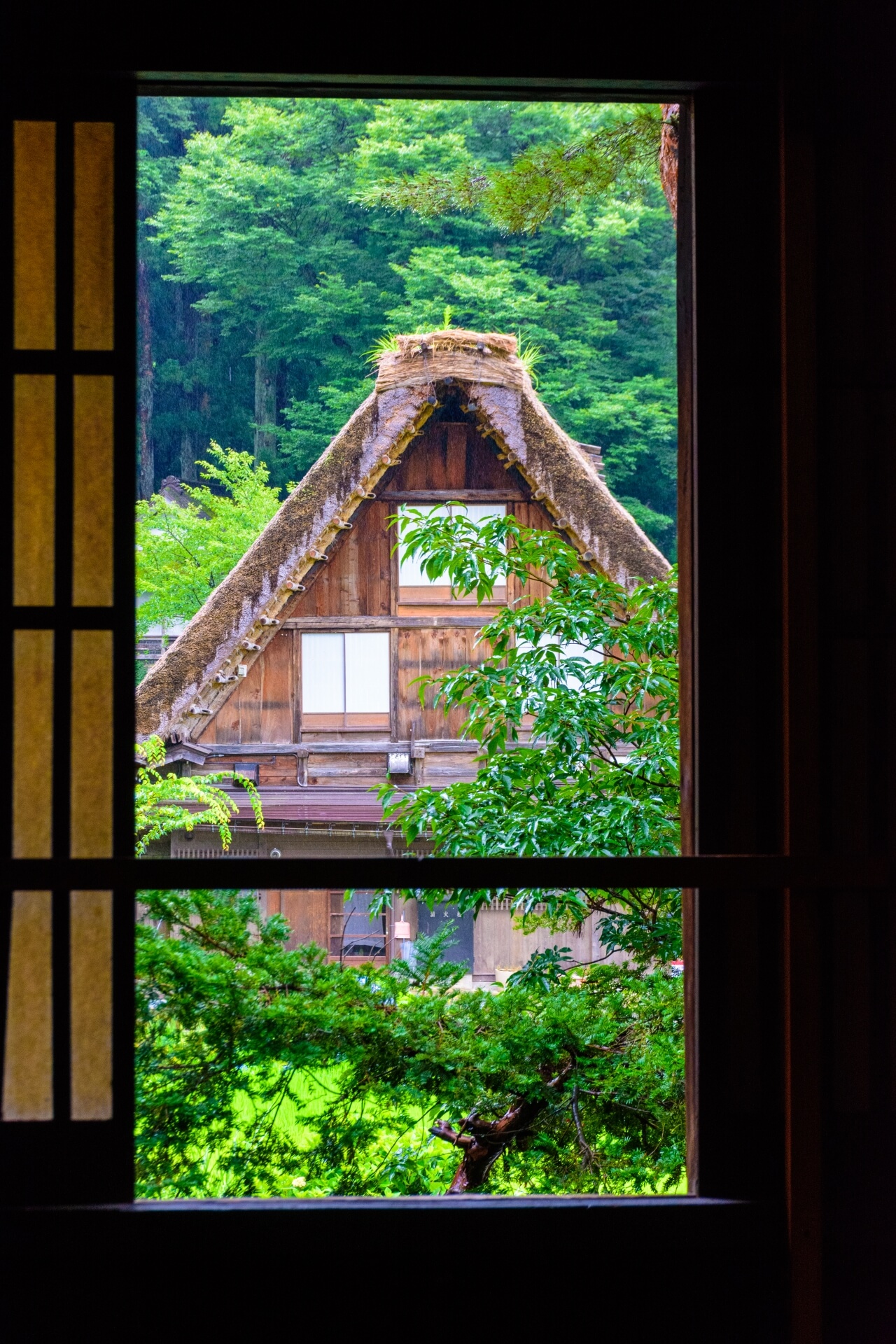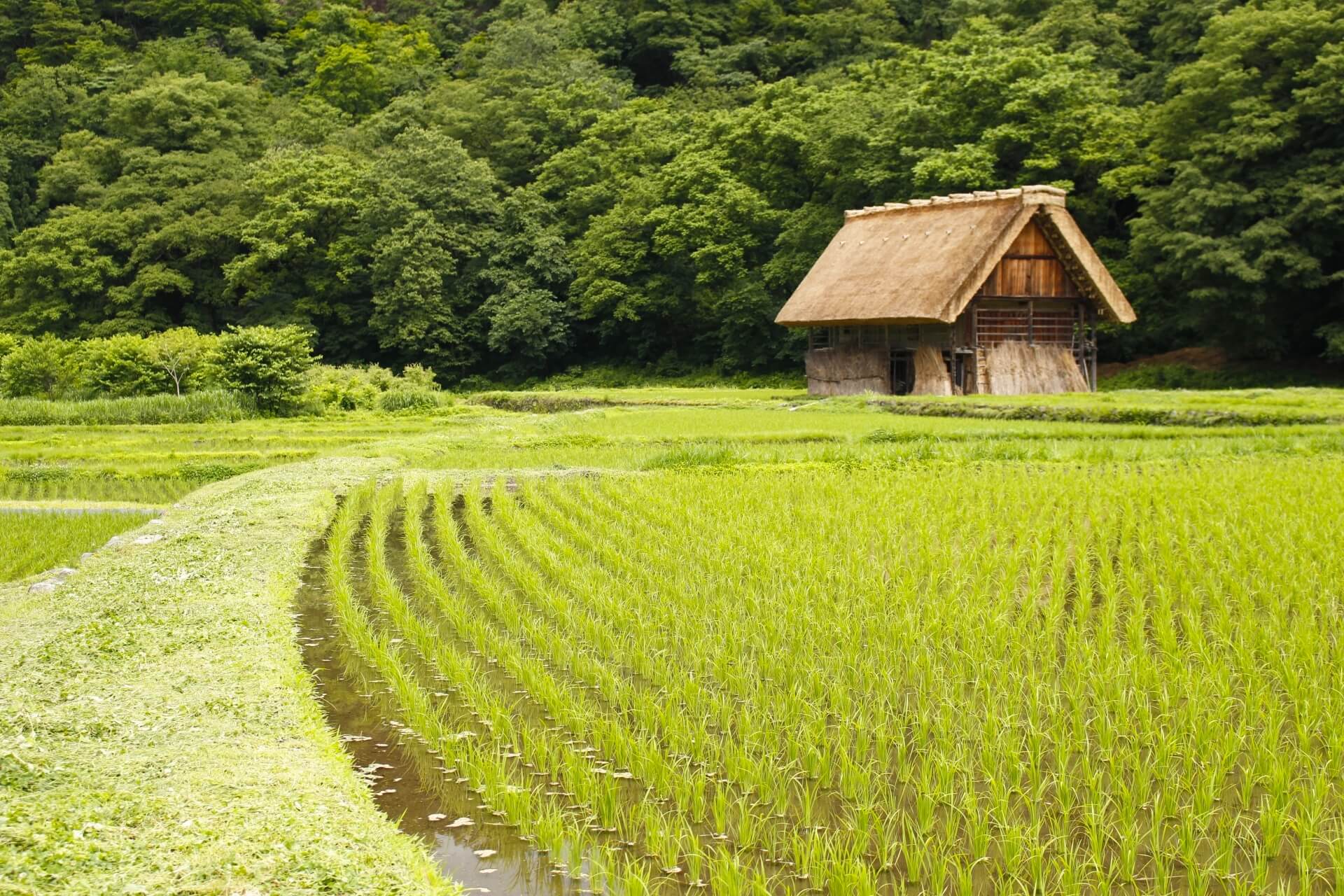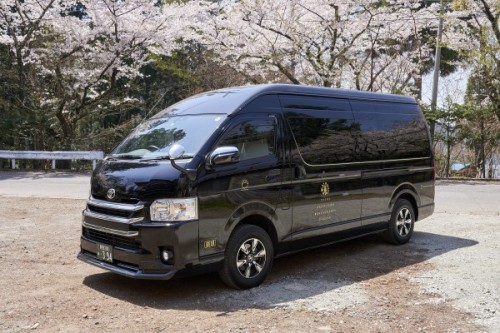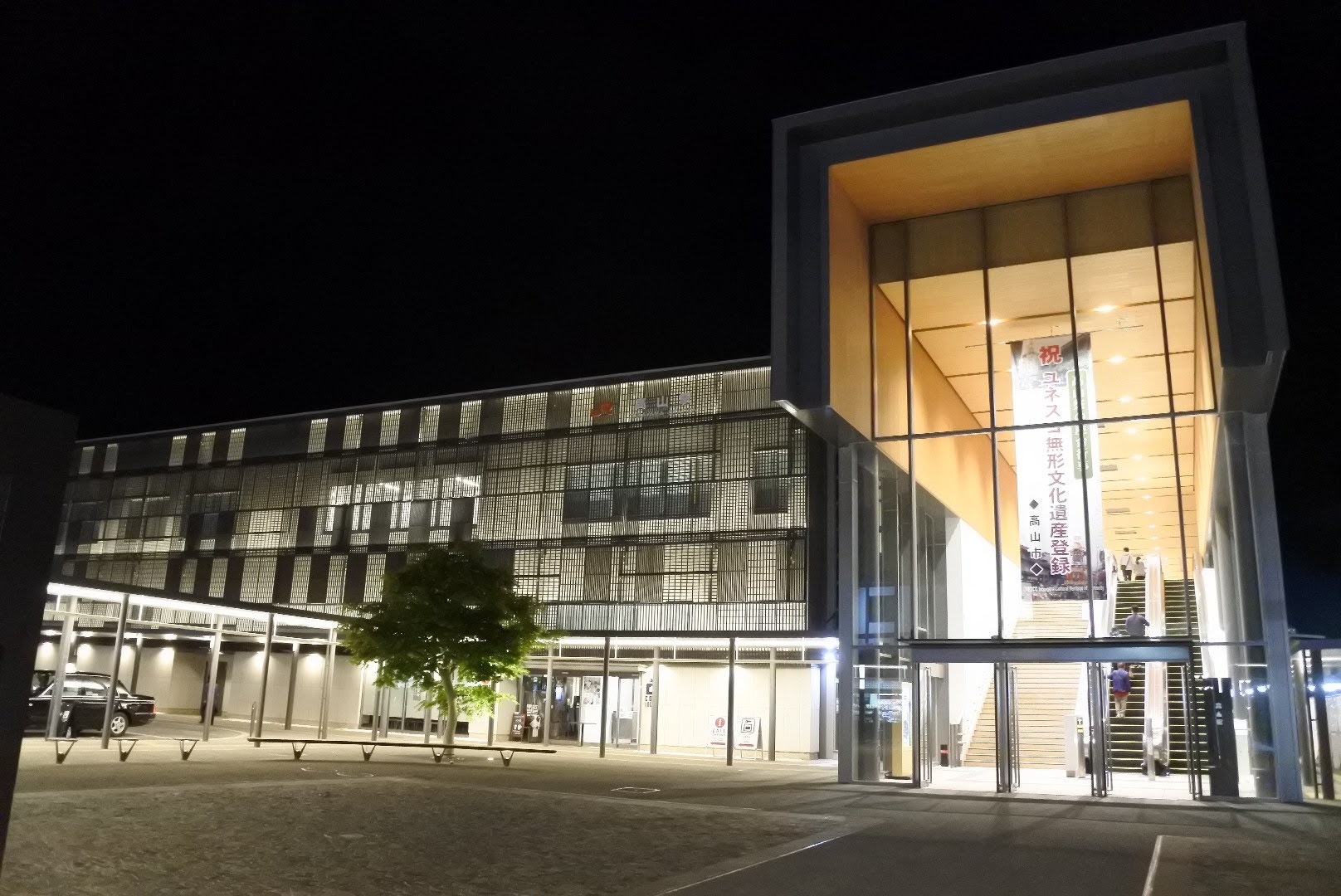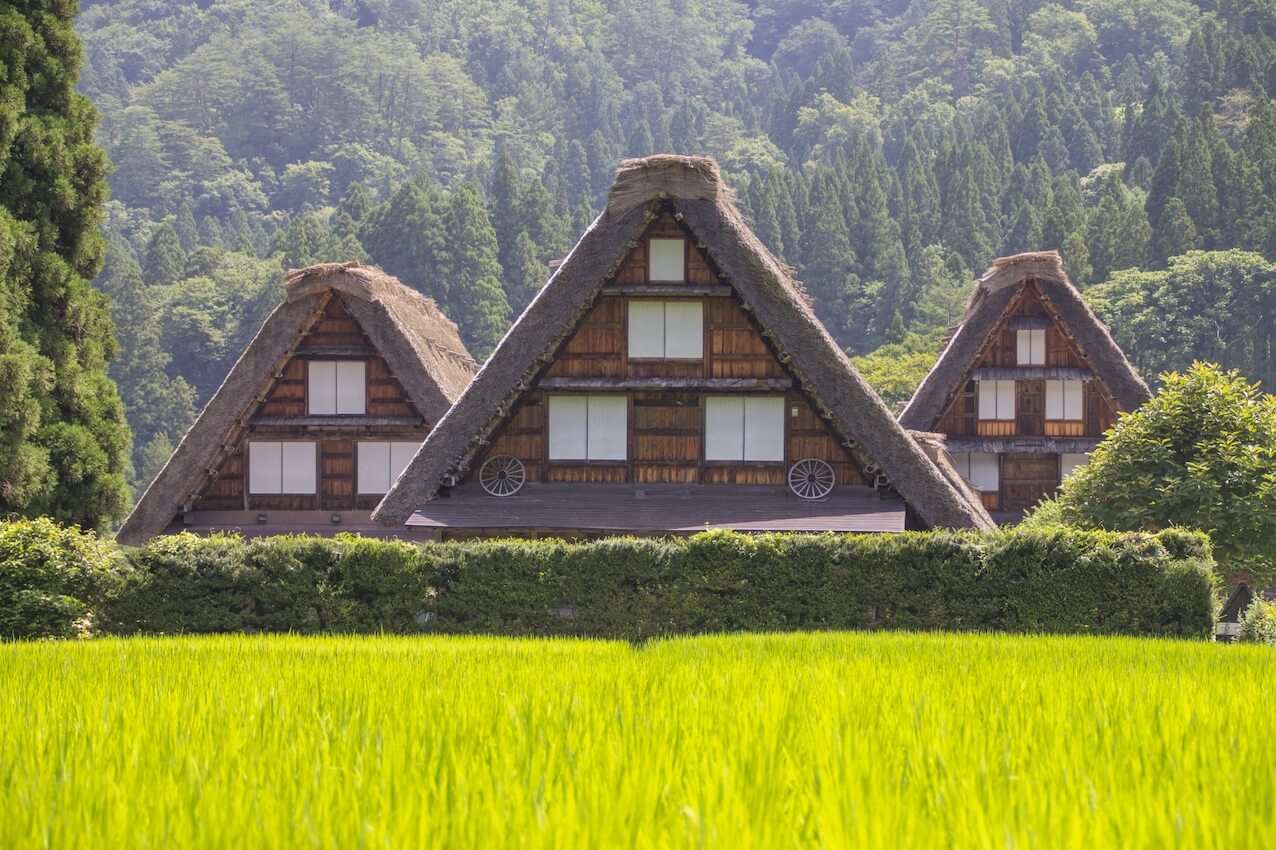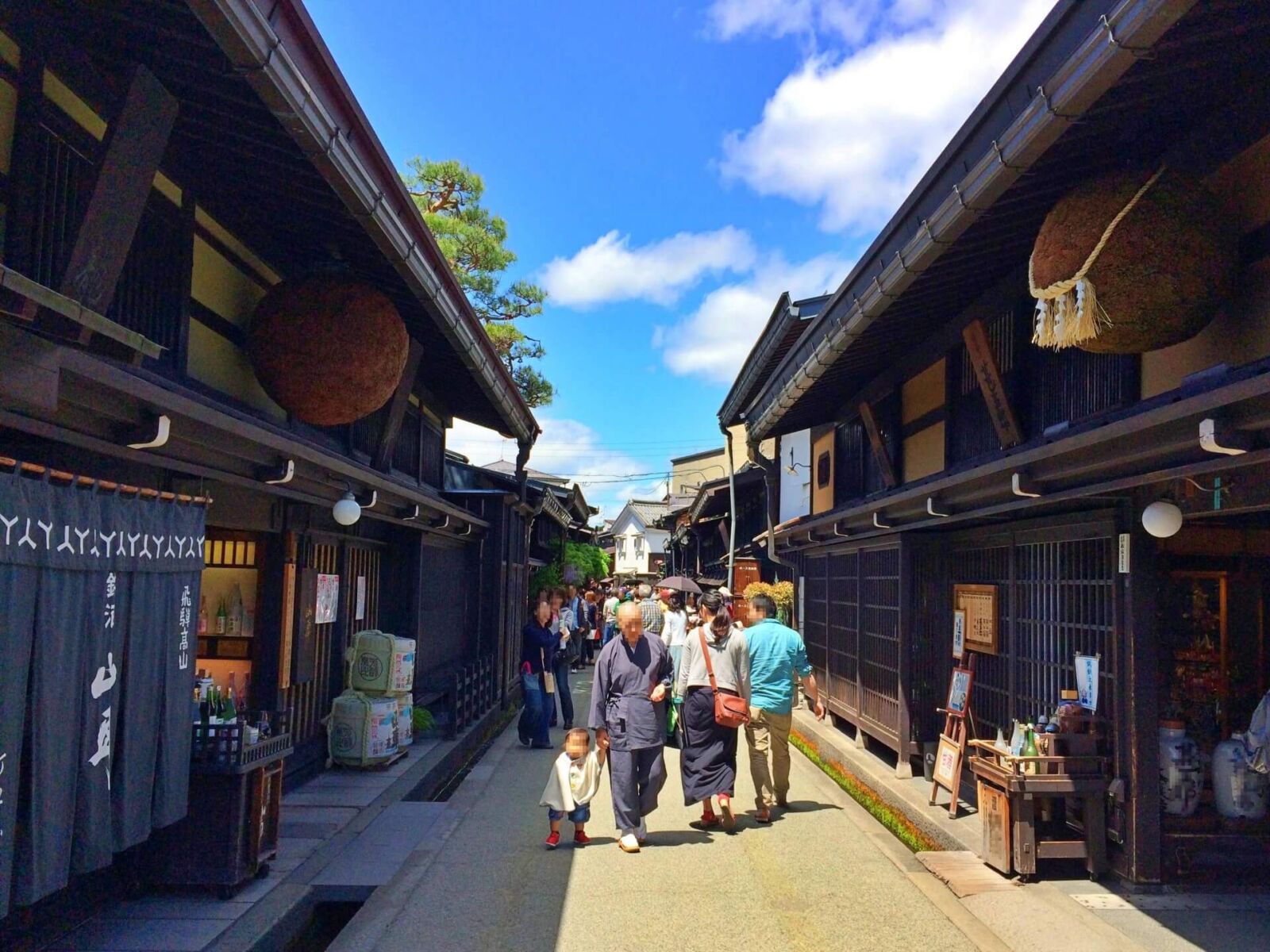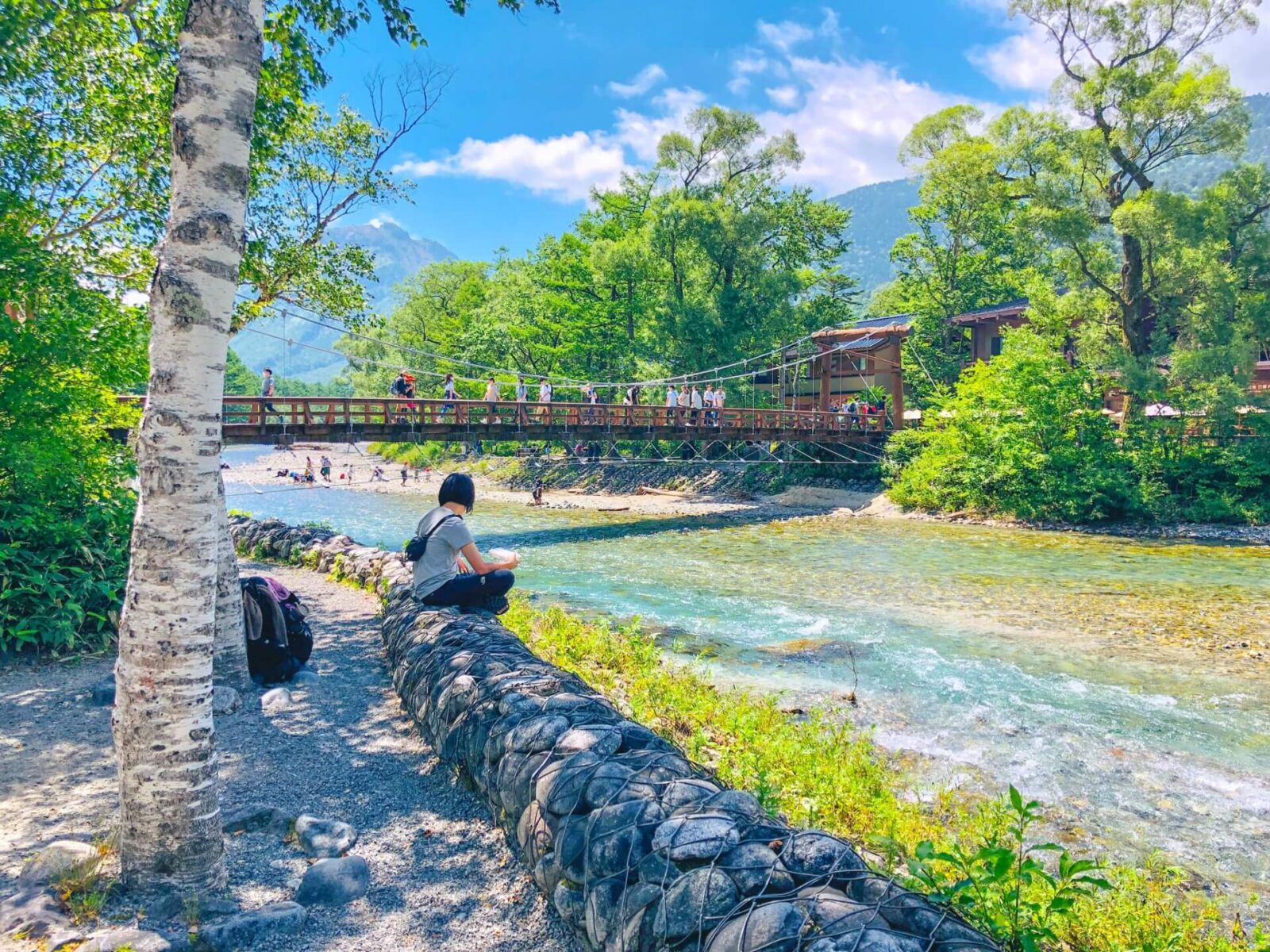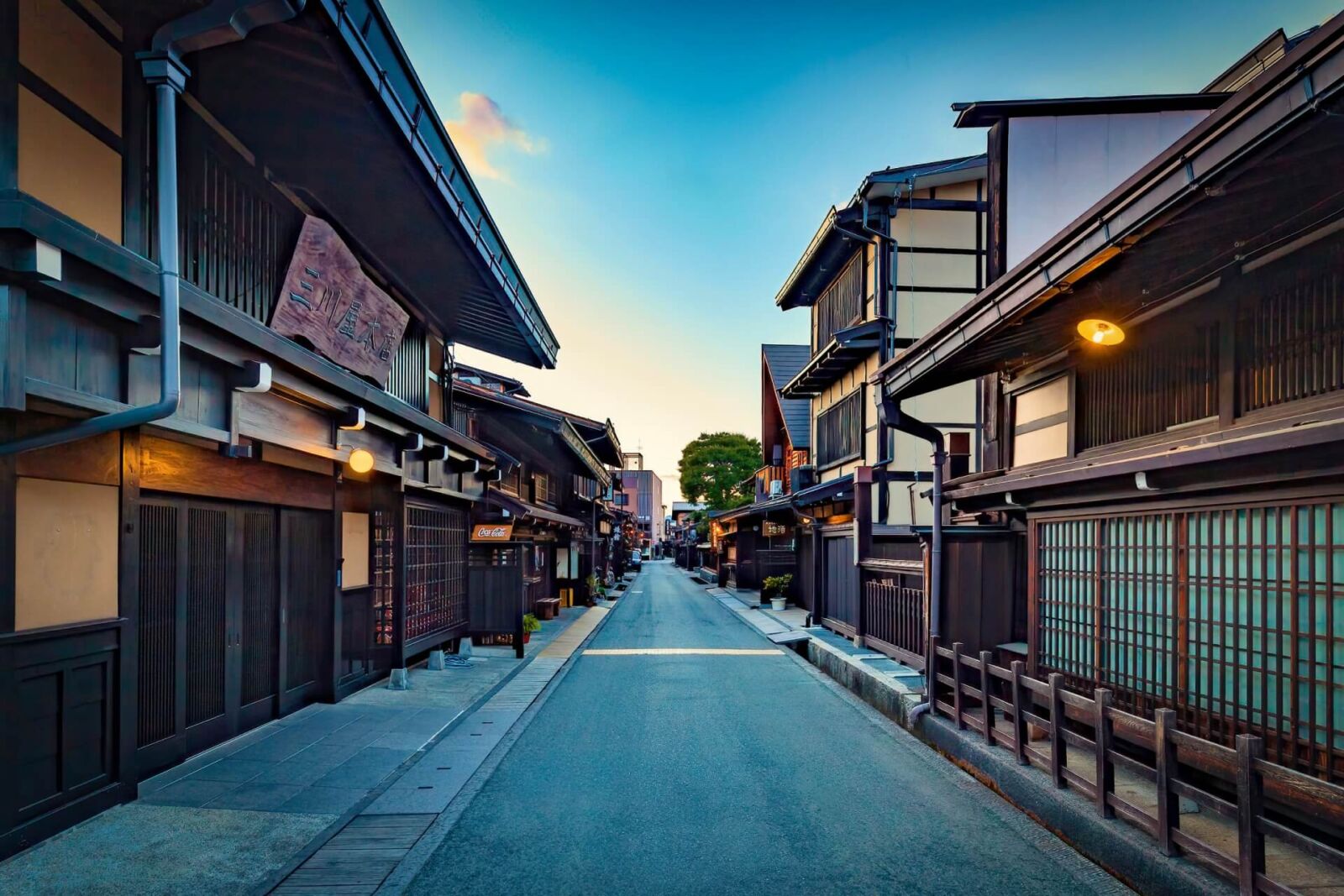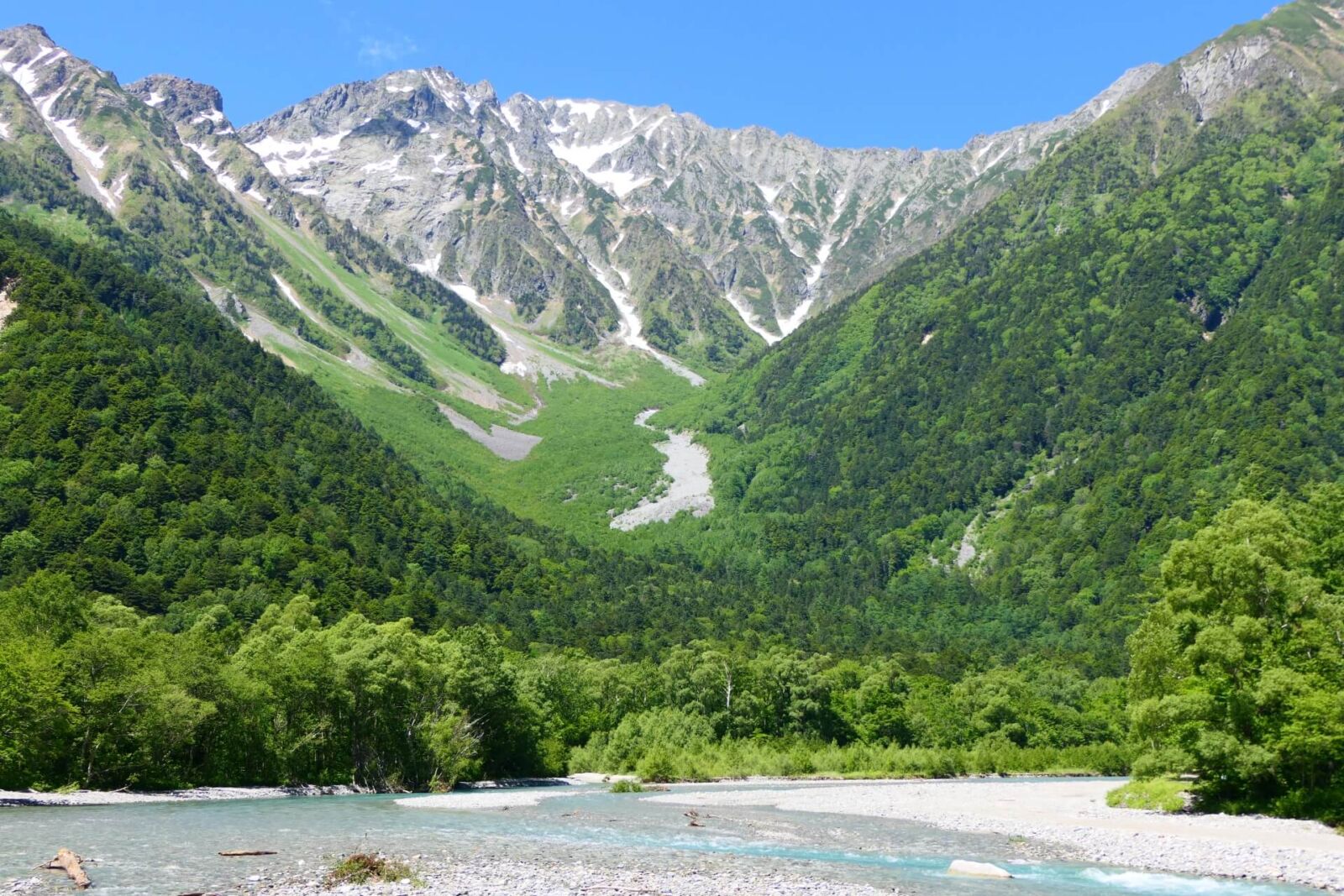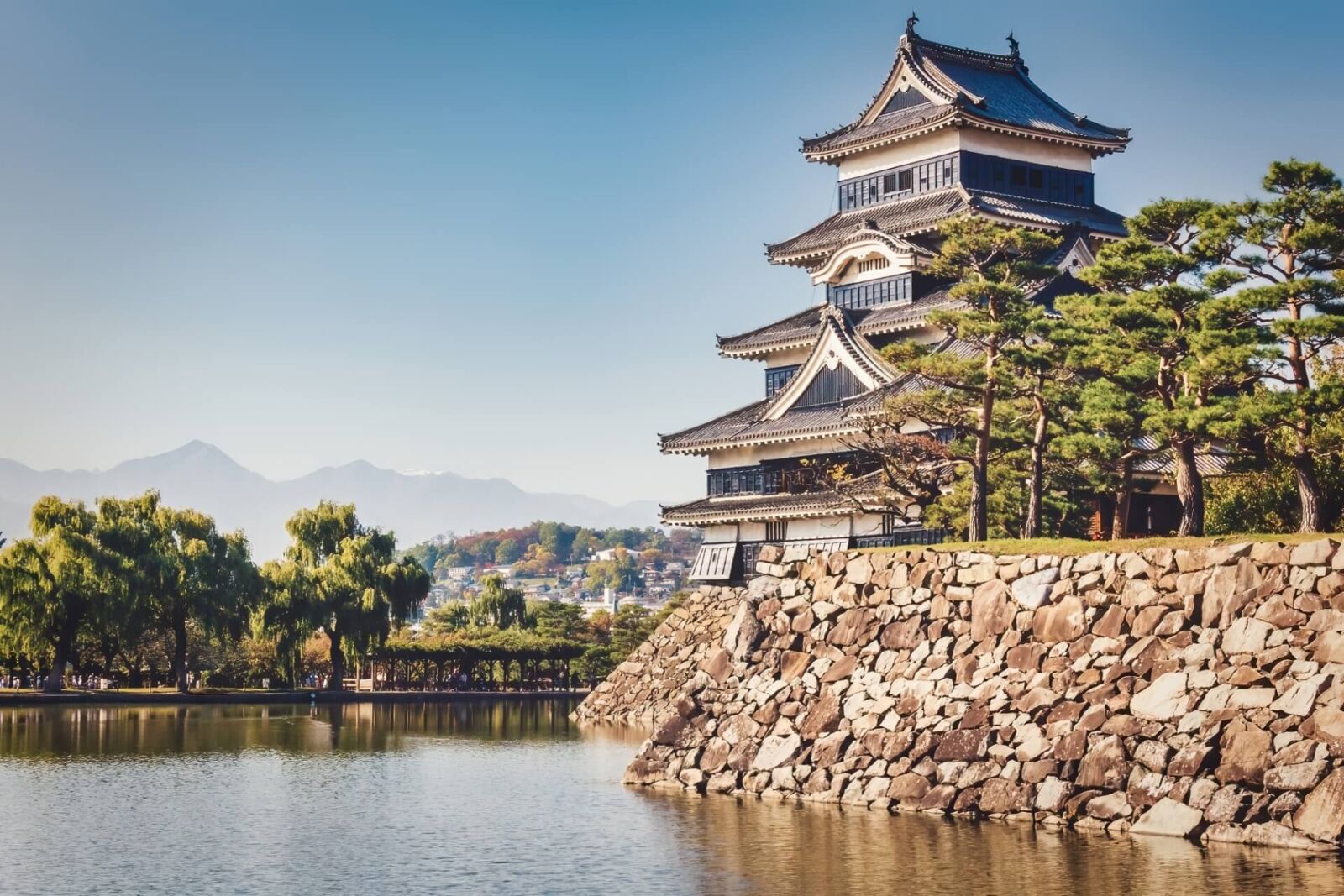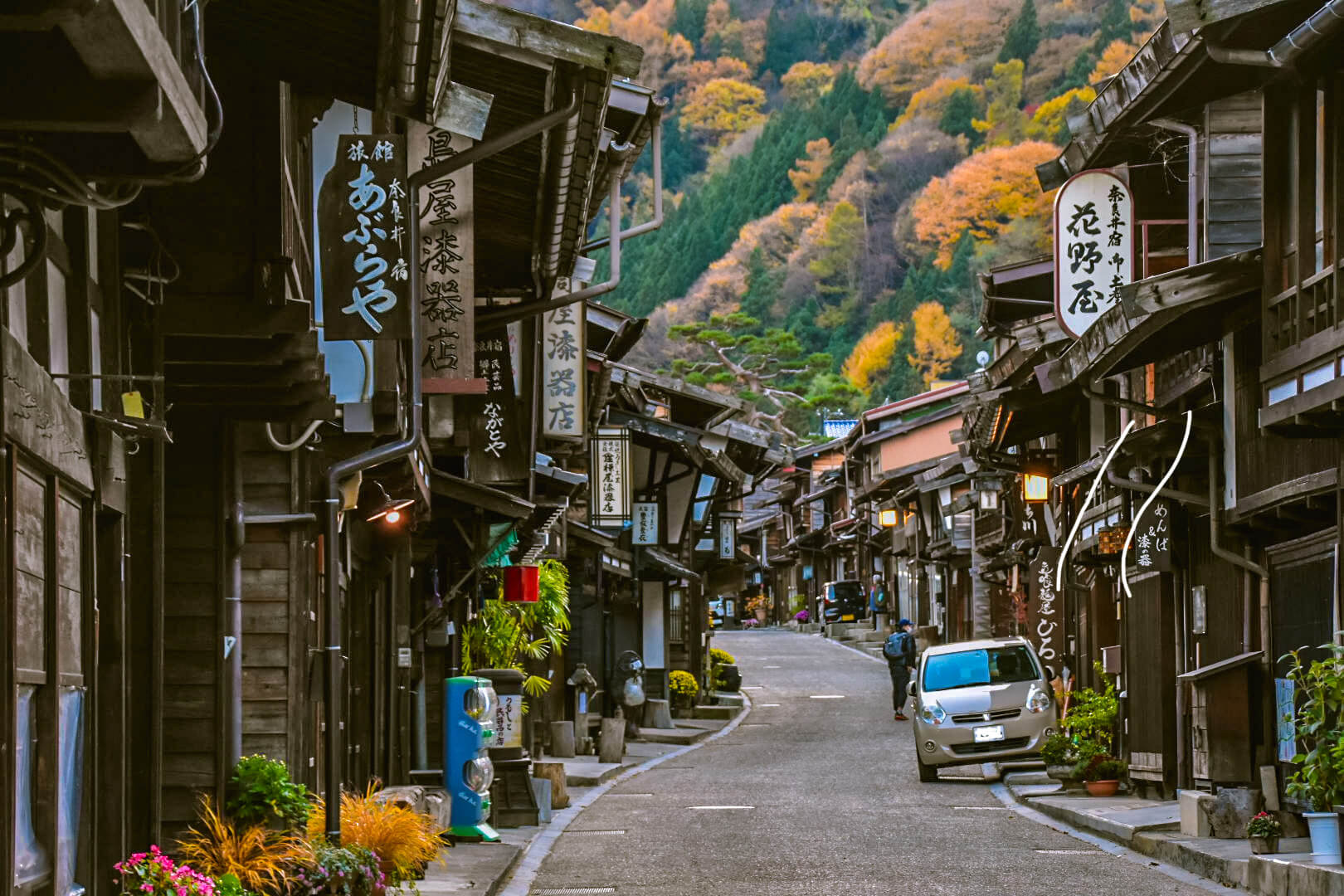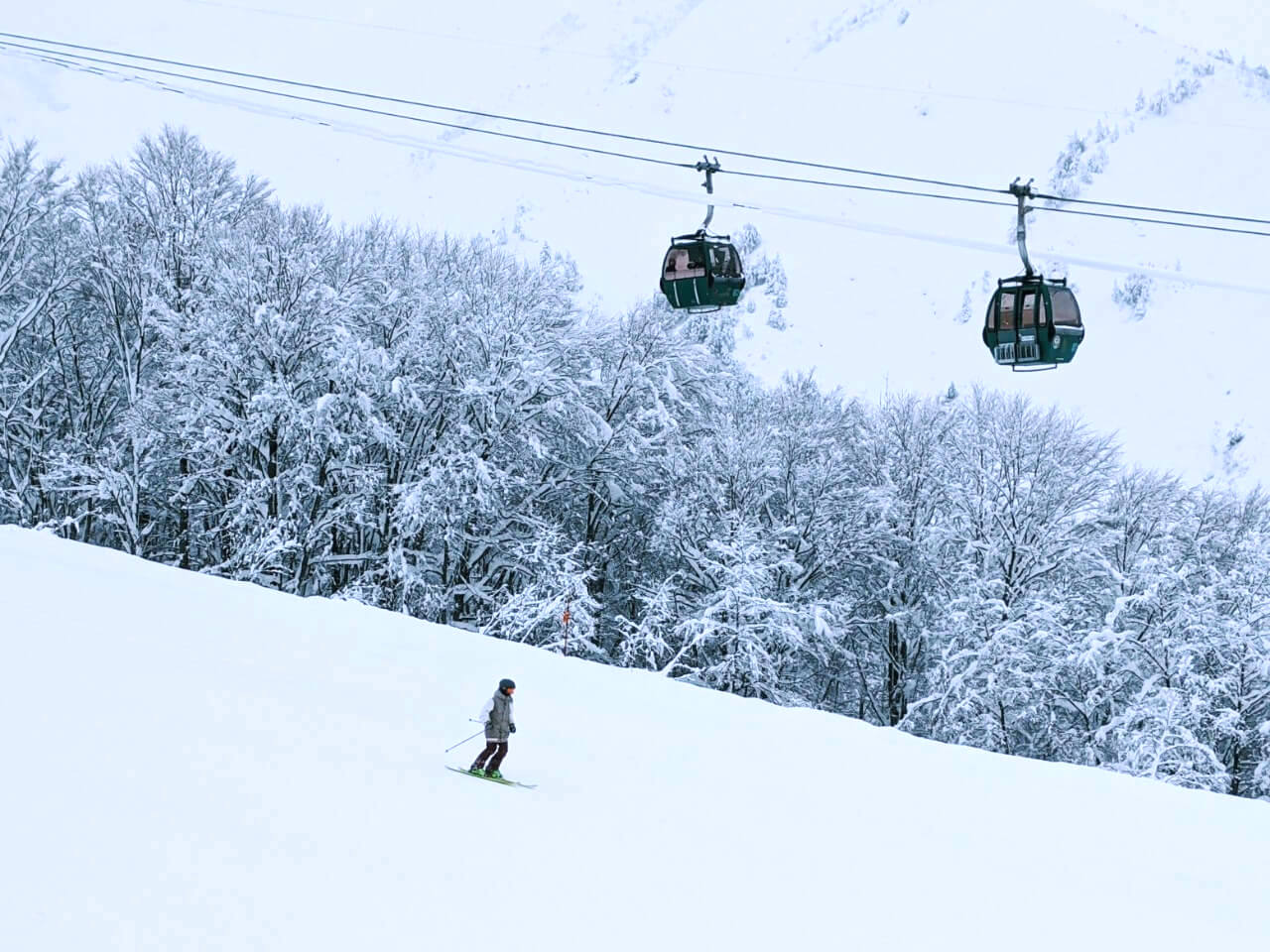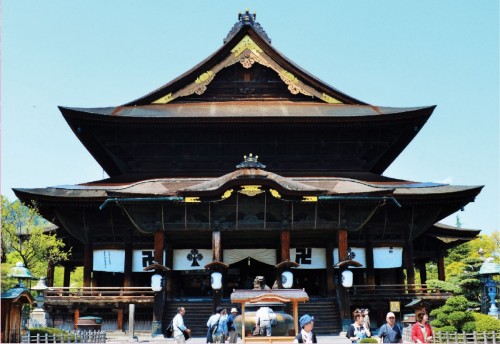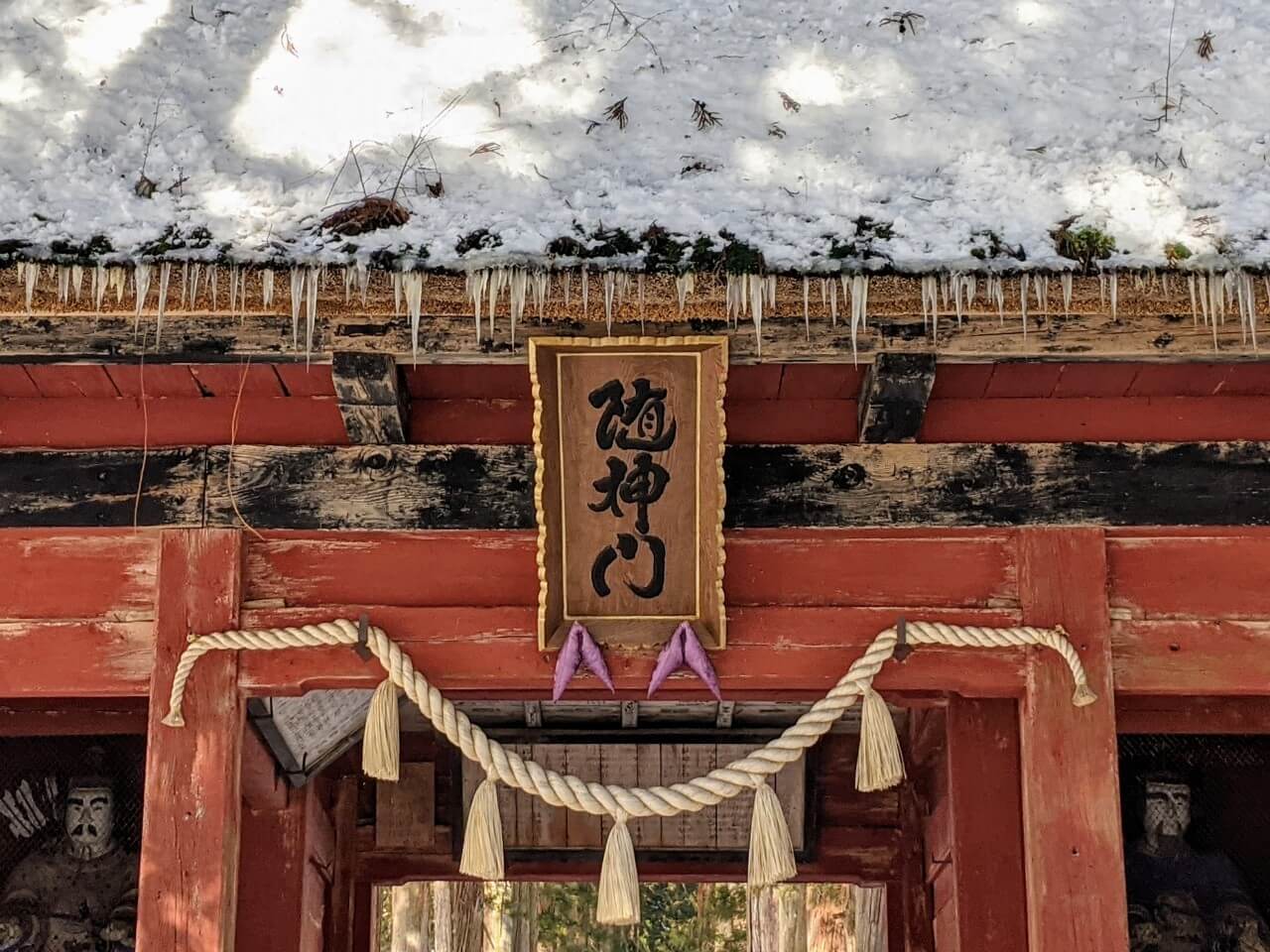The Villages Of Shirakawa-go & Gokayama
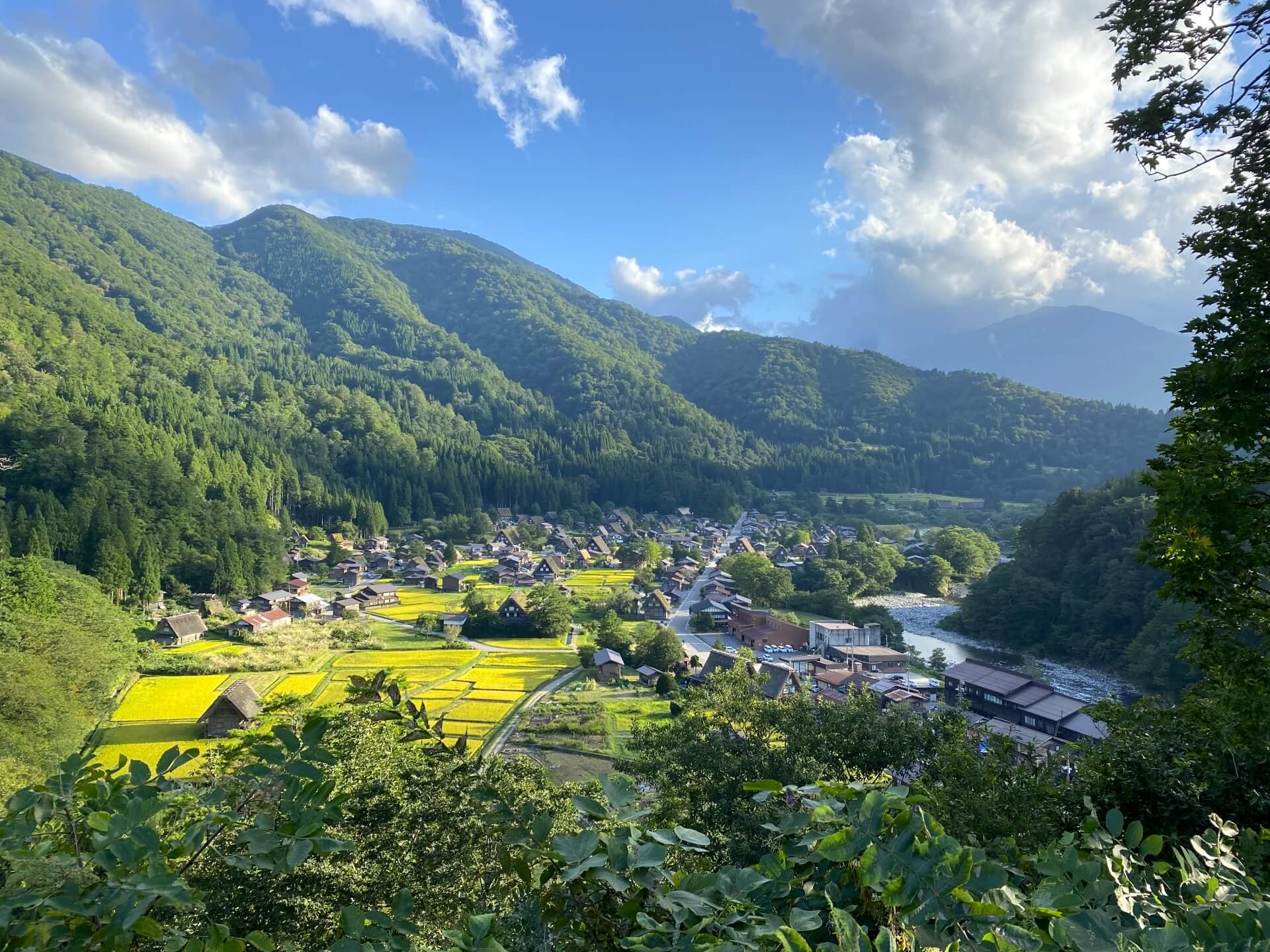
Under the World Heritage listing of 1995, three villages have been afforded protected status and recognised for their outstanding cultural value under the official title of ‘The Historic Villages of Shirakawa-go and Gokayama’. This title can be a little confusing for visitors as it refers to the general locality of the villages, rather than naming the individual villages.
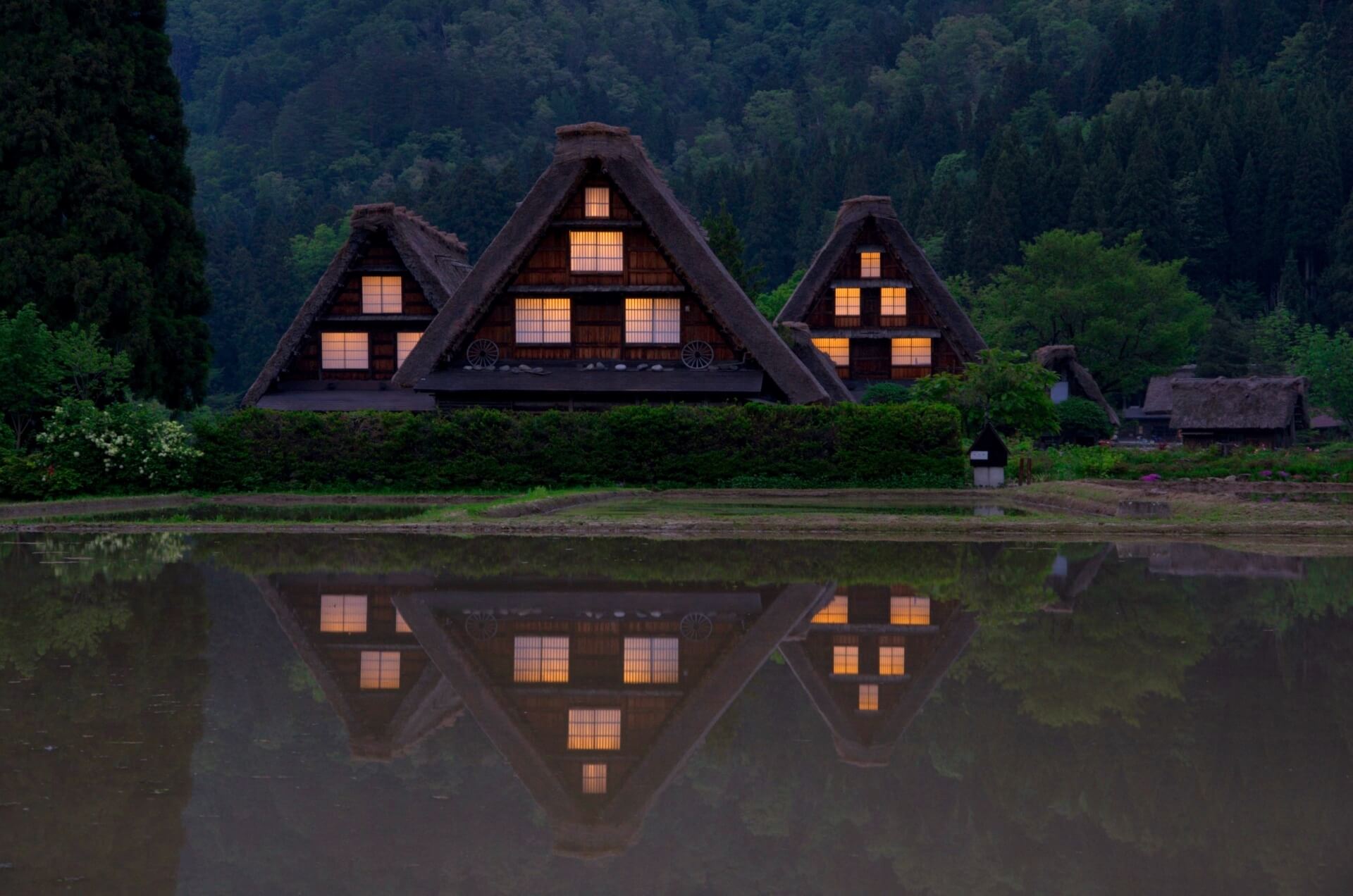
When talking of the villages most people refer simply to Shirakawa-go. In turn, many people are under the impression that this is the name of the largest of the three villages, when in fact, each village has its own name. Understanding this makes it easier to plan your visit and know which village to head to.
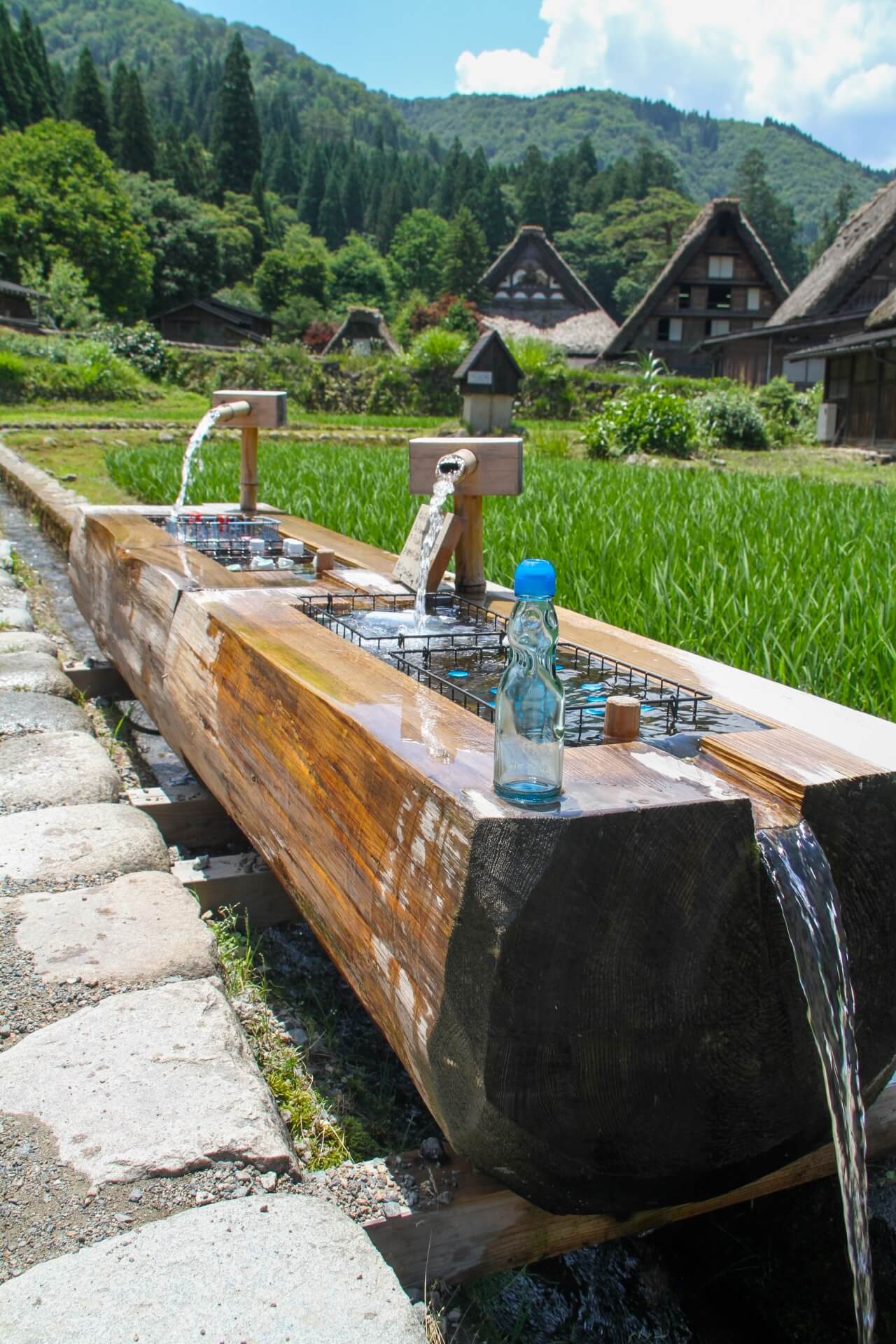
The villages included under the World Heritage listing are: Ogimachi, Suganuma and Ainokura. Ogimachi is the largest and is located in Shirakawa-go while Suganuma and Ainokura are notably smaller and quieter, and both located in Gokayama. The vast majority of tourists travel to Ogimachi. It is notably larger than Suganum and Ainokura, has many more restaurants, shops, guesthouses and facilities, and is the easiest to reach using buses from Takayama, Toyama, and Kanazawa. As a result, it is extremely busy, especially around the areas immediately by the entrance points.
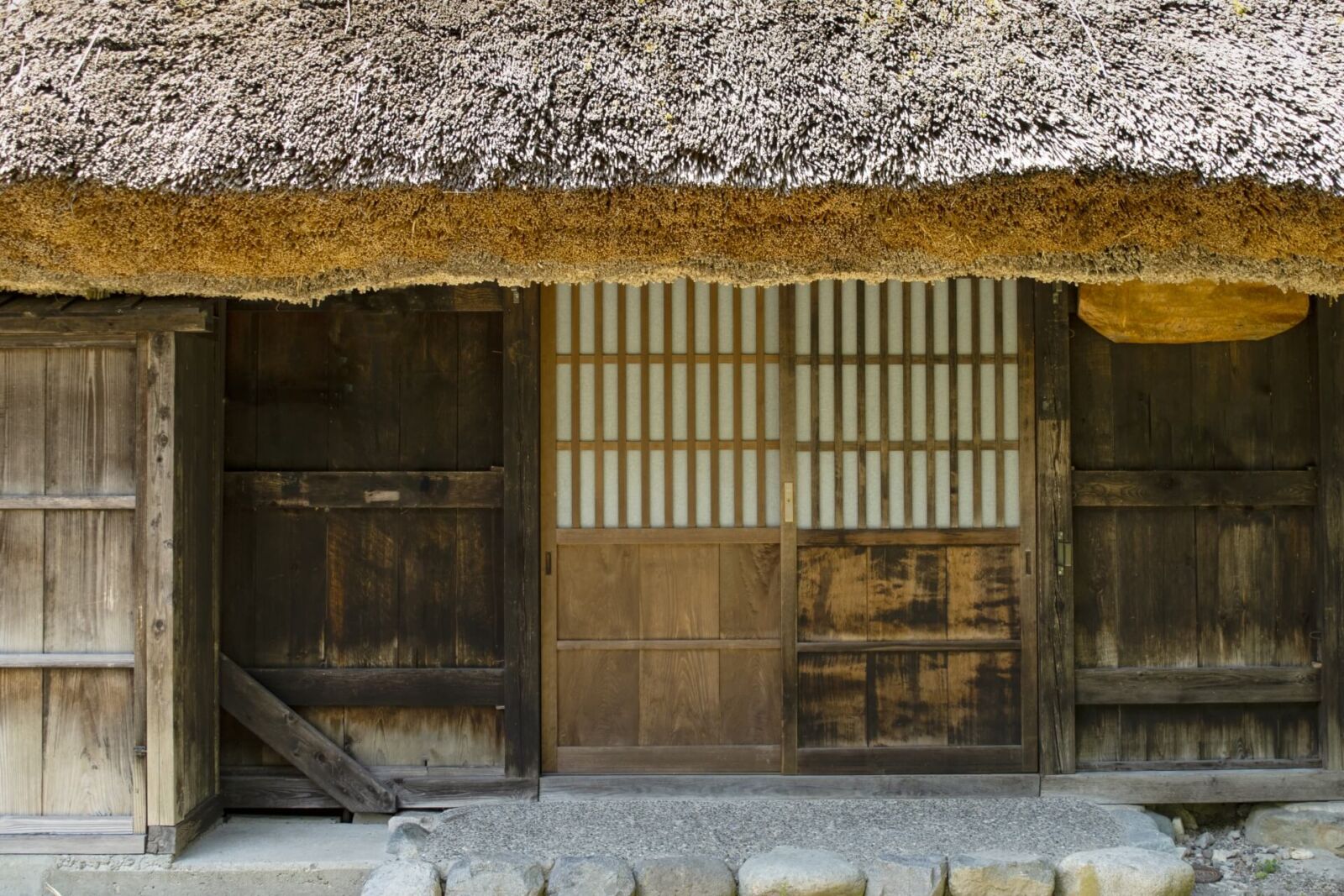

Wandering five minutes away from those areas will take you to areas of the village that are quiet and can be enjoyed without significant interruption, so the crowds shouldn’t stop you from going. However, in the end, if you want to totally avoid the crowds head to Suganuma or Ainokura. Admission to each of the villages is free of charge. Here’s what to expect:
OGIMACHI (SHIRAKAWA-GO)
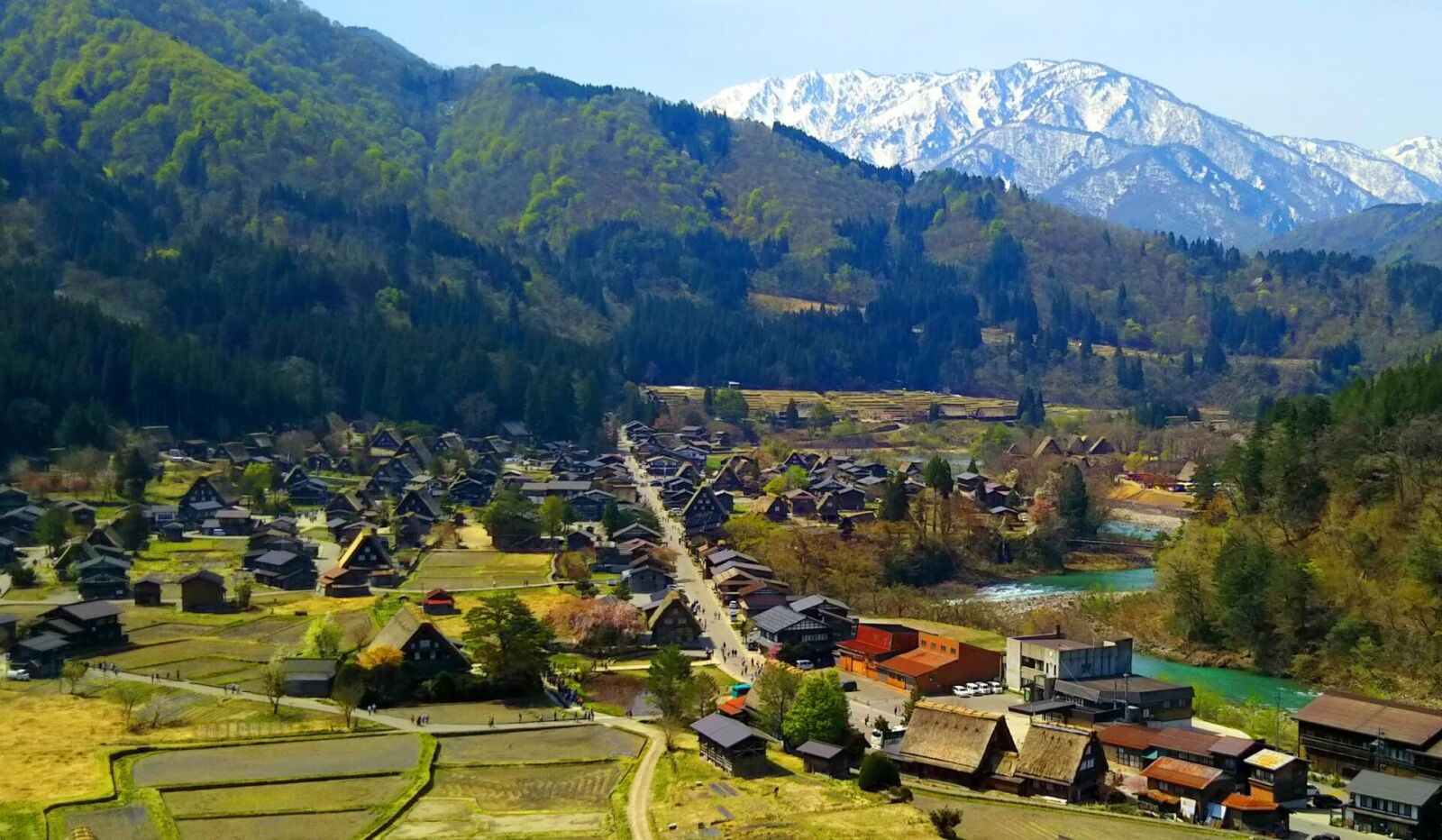
By far the largest of the three villages, Ogimachi is spread over a considerable area with many farmhouses and extensive rice fields. Ogimachi sits around 2200 meters above sea level in a beautiful alpine valley with mountains rising further above. The village and many of its farmhouses remain homes to local families, meaning that despite its popularity, Ogimachi retains much of its authentic character through continued activity of daily life.
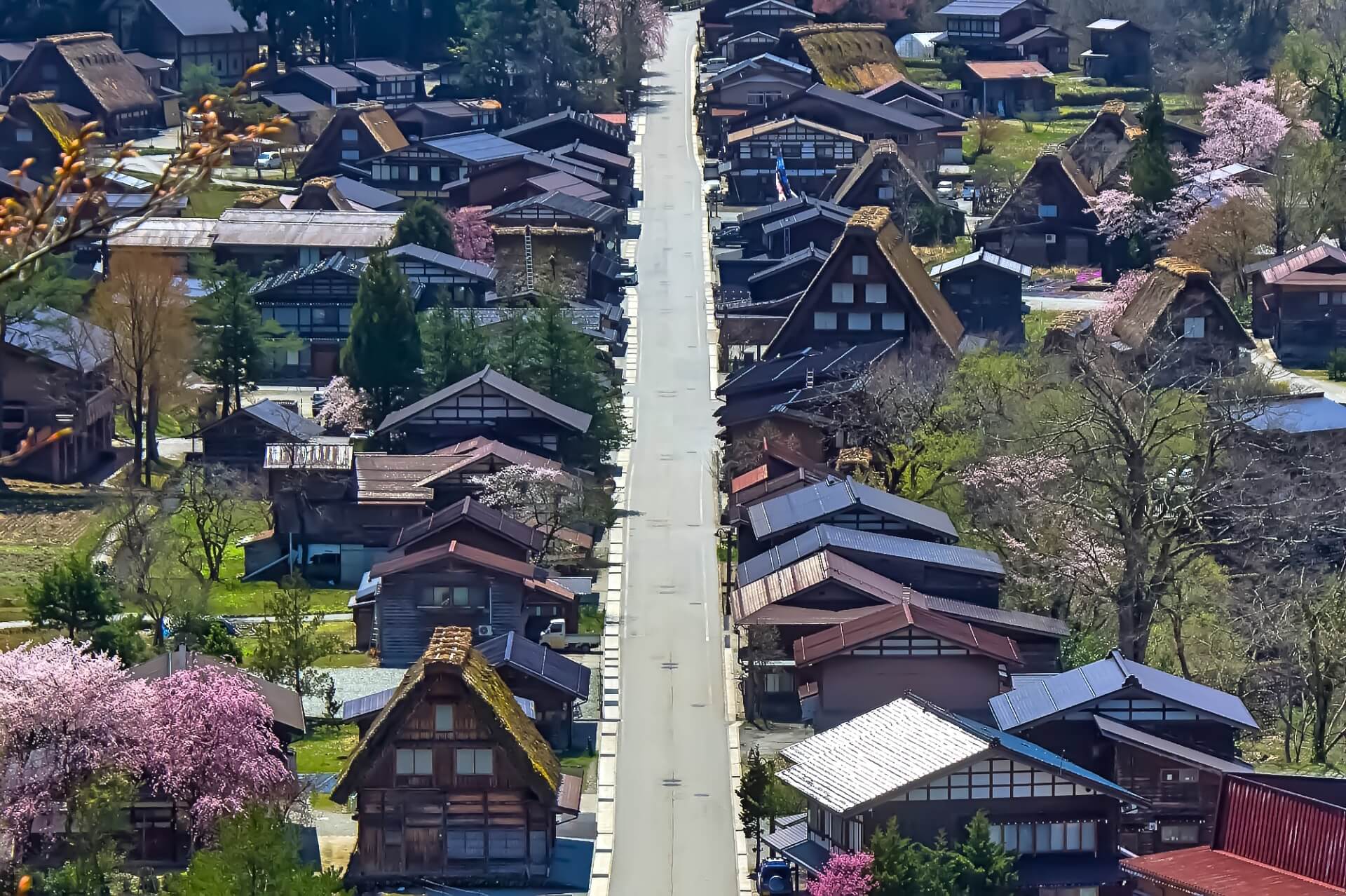
In addition to those homes, many farmhouses are used as restaurants, cafes, shops, museums and guesthouses with a couple of notable shrines and temples. Staying overnight is a tremendous way to enjoy the beautiful setting without the hassle of the crowds in the evening and morning. Please be respectful when moving around the village and do not enter private homes or properties.
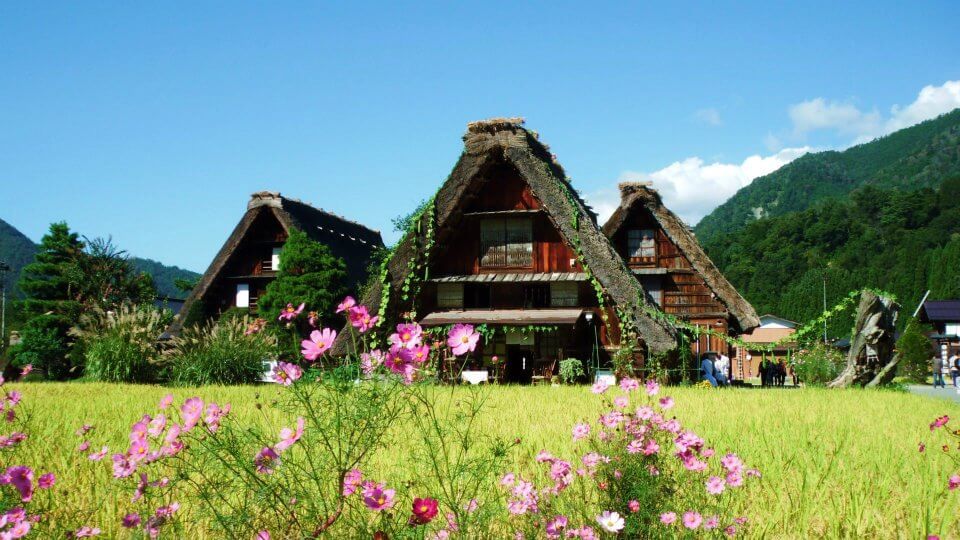
Easy to get to using the buses from Takayama, Toyama or Kanazawa, allow at least a couple of hours to explore the village with many visitors spending half a day in the area. Admission to the village is free. If driving, expect to pay around JPY1000 for parking.
SUGANUMA (GOKAYAMA)
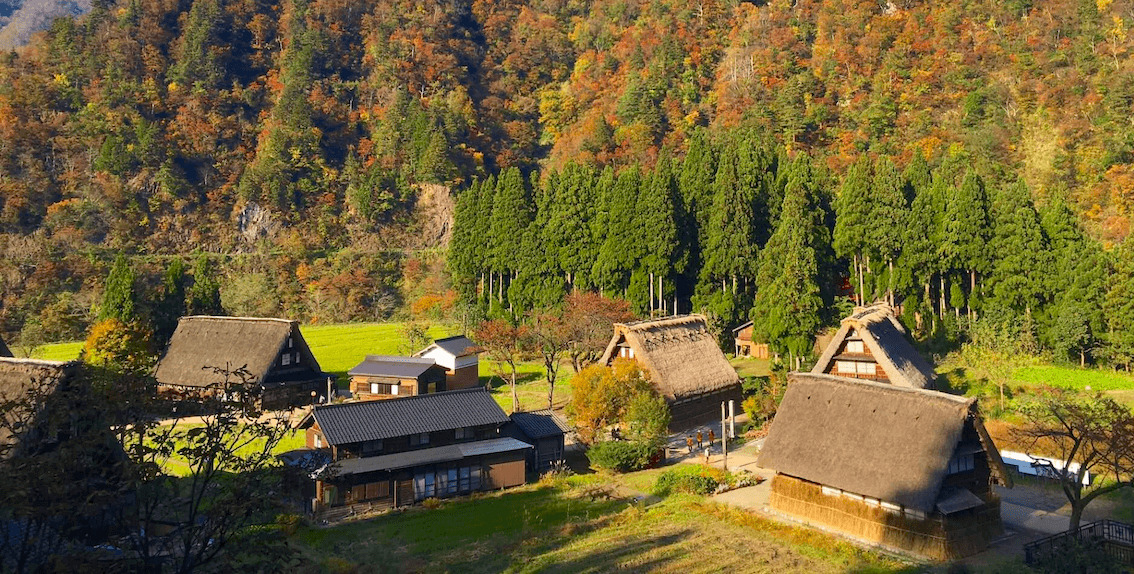
Comprising of the village of Suganuma and Gokayama ‘Gassho no Sato’, these two areas are connected by a tunnel and collectively referred to as Suganuma. Some visitors understandably but mistakenly think this small hamlet is Gokayama itself when in fact it is one of two villages in that locality.
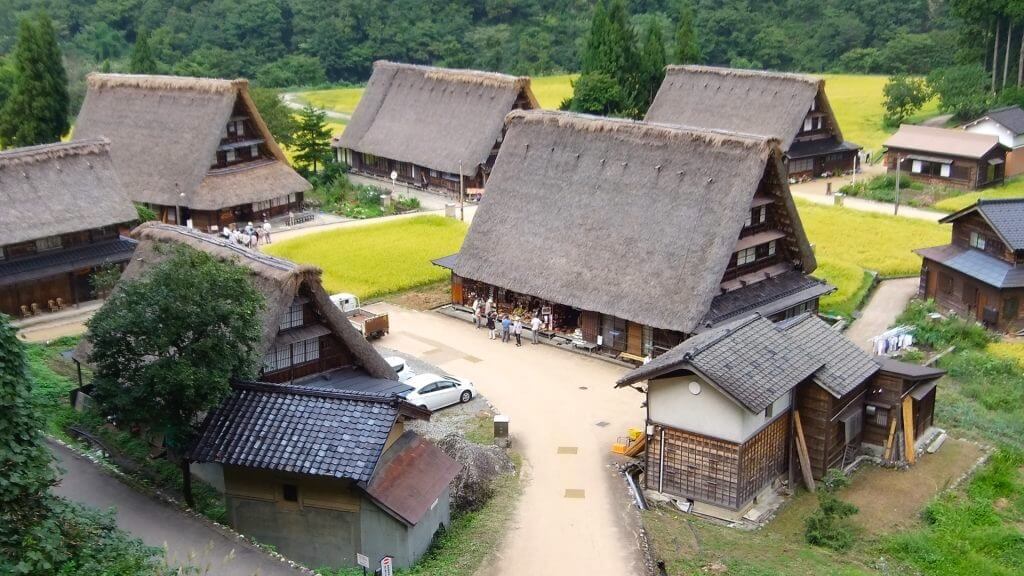
Suganuma is notably smaller than Ogimachi and for that reason, much quieter. It is typically overlooked by large tour groups and a great option should you want to avoid the crowds. Suganuma has only nine gassho-zukuri farmhouses with a couple converted to restaurants, museums and guesthouses. There isn’t enough to keep you entertained for more than an hour (two at the most) however the village allows for great photography given the absence for crowds.
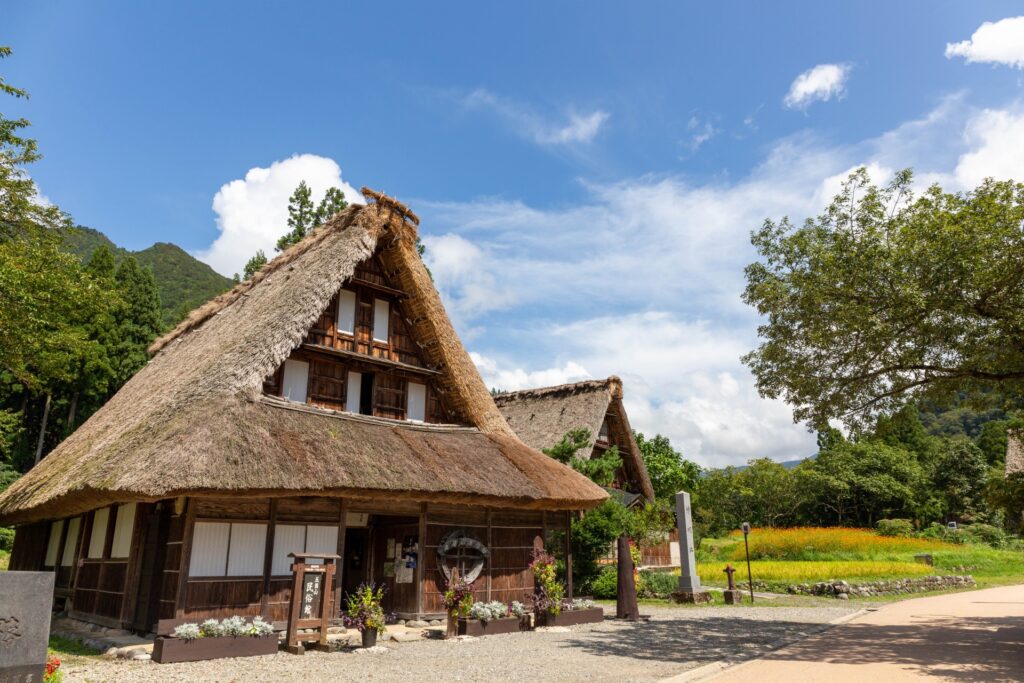
The connected areas of ‘Gassho no Sato’ is comprised of several relocated houses but they are not open to the public. Admission to the village is free. If driving, expect to pay around JPY500 for parking.
AINOKURA (GOKAYAMA)
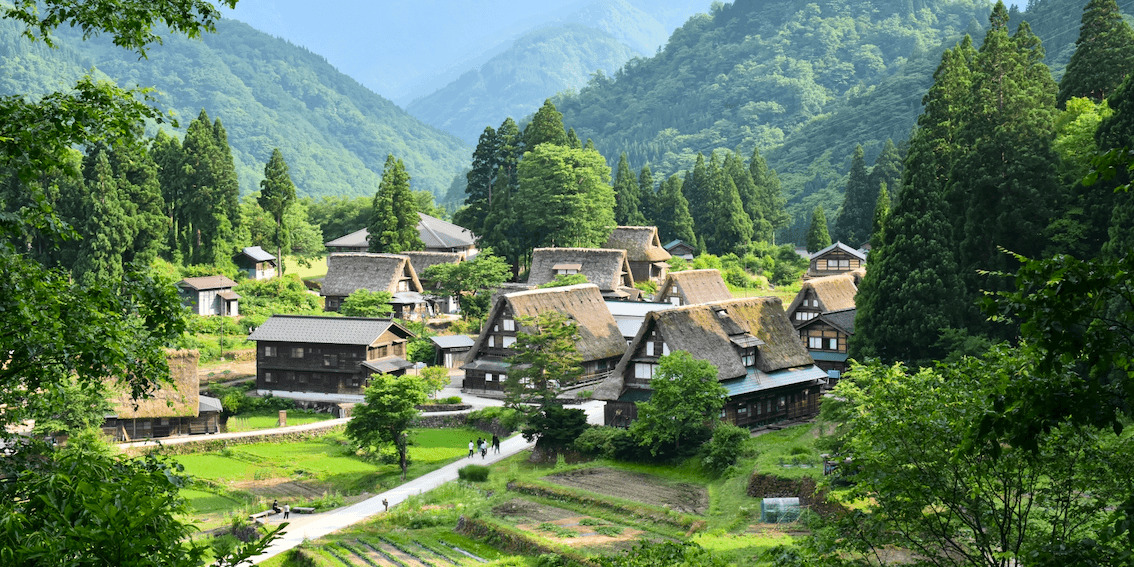
The most remote of the three villages included under the World Heritage listing, Ainokura is home to around twenty farmhouses. Most continue to function as private residences with some converted to restaurants, museums and guesthouses.
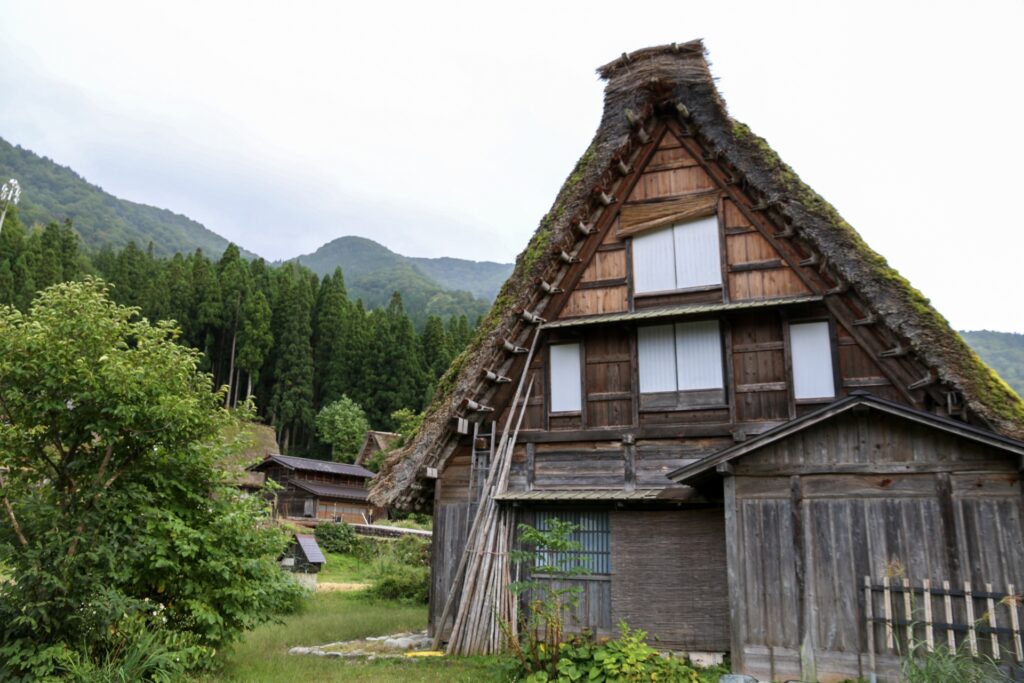
Much smaller than Ogimachi but notably larger than Suganuma, Ainokura’s remote location means that it is usually quiet and a great option for visitors looking to avoid the crowds but wanting a little more to wander through and explore. Photographers will enjoy the absence of other visitors and daily activity of a working rural village.
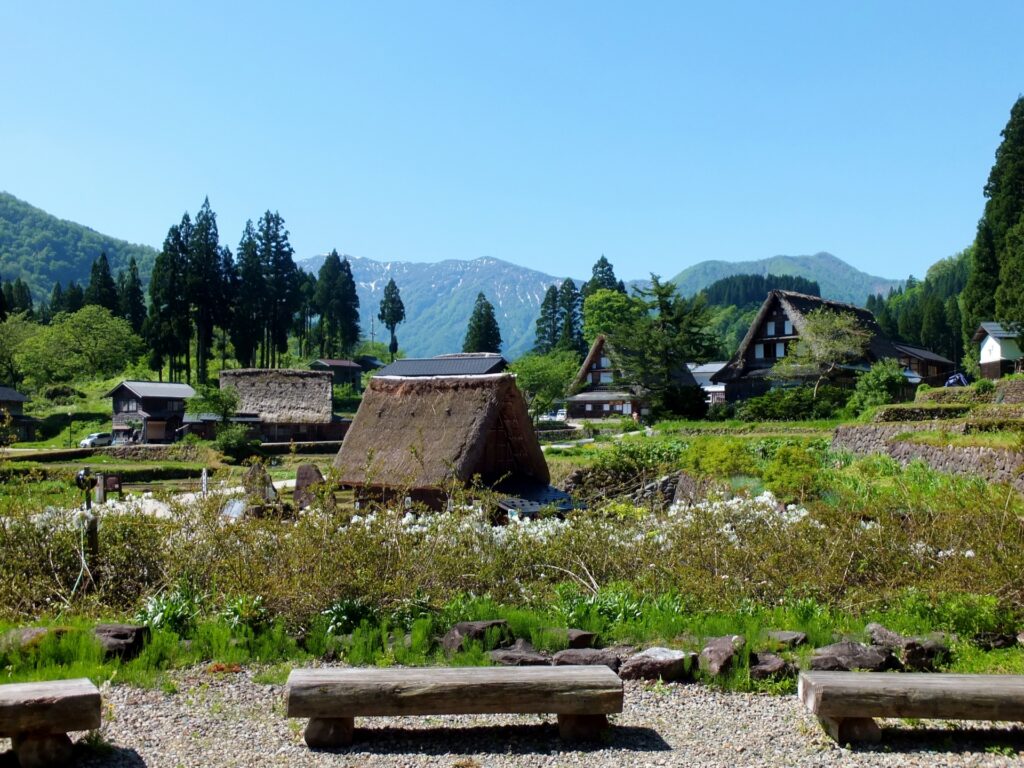
There is plenty to shoot here so take your time and enjoy a couple of hours in the least visited of the three villages. Admission to the village is free. If driving, expect to pay around JPY500 for parking.
OUR GUIDED TOURS IN SHIRAKAWA-GO & GOKAYAMA
Embark on a journey of discovery and enchantment in Shirakawa-go and Gokayama with our curated tours. Whether you’re a first-time visitor or a returning enthusiast, our tours are meticulously designed to unveil the hidden gems and deep-rooted traditions of these picturesque villages. With expert guides, exclusive insights, and comfortable transport, each tour promises an unforgettable experience. Ready to see Shirakawa-go and Gokayama through a new lens? Explore our selection of tours and find the perfect adventure to enrich your exploration of these cultural havens.
From Kanazawa:
Embark on a unique cultural journey with our ‘1 Day Tour from Kanazawa: Shirakawa-go, Gokayama, and Wood Carving Village’ — our only tour that takes you to both the serene Gokayama region and the enchanting beauty of Shirakawa-go. Explore the UNESCO-listed villages of Shirakawa-go, marvel at the traditional craftsmanship in Gokayama, and experience the local wood carving heritage. Book your tour now for an exclusive passage into the heart of Japan’s storied landscapes and hidden artisanal villages.
1 Day Tour
| 1 Day Tour from Kanazawa: Shirakawa-go, Gokayama and Wood Carving Village | |
| Period | All Year Round |
| Time | 09:00 – 18:00 |
| Meeting Place | Kanazawa Station |
| Adult Rate | ¥23,800 / 25,800 |
| Child Rate | ¥15,000 / 17,000 |

From Takayama:
Embark on our ‘1-Day Tour from Takayama: Explore Scenic Old Japan in Takayama and Shirakawa-go’ and immerse yourself in the enchanting beauty of Shirakawa-go. While this tour focuses on the marvels of Shirakawa-go and Takayama’s historic charm, providing a deep dive into their rich culture and history, note that it doesn’t include Gokayama. However, you’ll still experience a tapestry of scenic views and cultural treasures. Book now to explore the heart of Japan’s scenic beauty and cultural heritage with us.
1 Day Tour
| 1-Day Tour from Takayama: Explore Scenic Old Japan in Takayama and Shirakawa-go | |
| Period | All Year Round |
| Time | 09:00 – 18:30 |
| Meeting Place | Takayama Station |
| Adult Rate | ¥20,800 / 22,800 |
| Child Rate | ¥12,000 / 14,000 |

Private Tour:
Indulge in the exclusive charm of a private tour with our ‘Discover The Tradition & Beauty Of Shirakawa-go’ experience. Tailored for those who seek an intimate journey through Japan’s heritage, this tour celebrates the unique allure of Shirakawa-go’s thatched roofs and Takayama’s historic streets. While Gokayama isn’t part of this journey, the wonders you’ll encounter in Shirakawa-go offer a deep connection to the region’s enduring traditions and breathtaking landscapes. Book your private tour now and cherish the personalized discovery of Japan’s iconic cultural beauty.
Private Tour
| [START FROM TAKAYAMA] Private Takayama & Shirakawa-go Tour | |
| Period | All Year Round |
| Time | 09:00 – Takayama Area |
| Meeting Place | Takayama Station Area |
| Price | ¥211,200 ~ / group |

15 THINGS TO DO & SEE IN SHIRAKAWA-GO
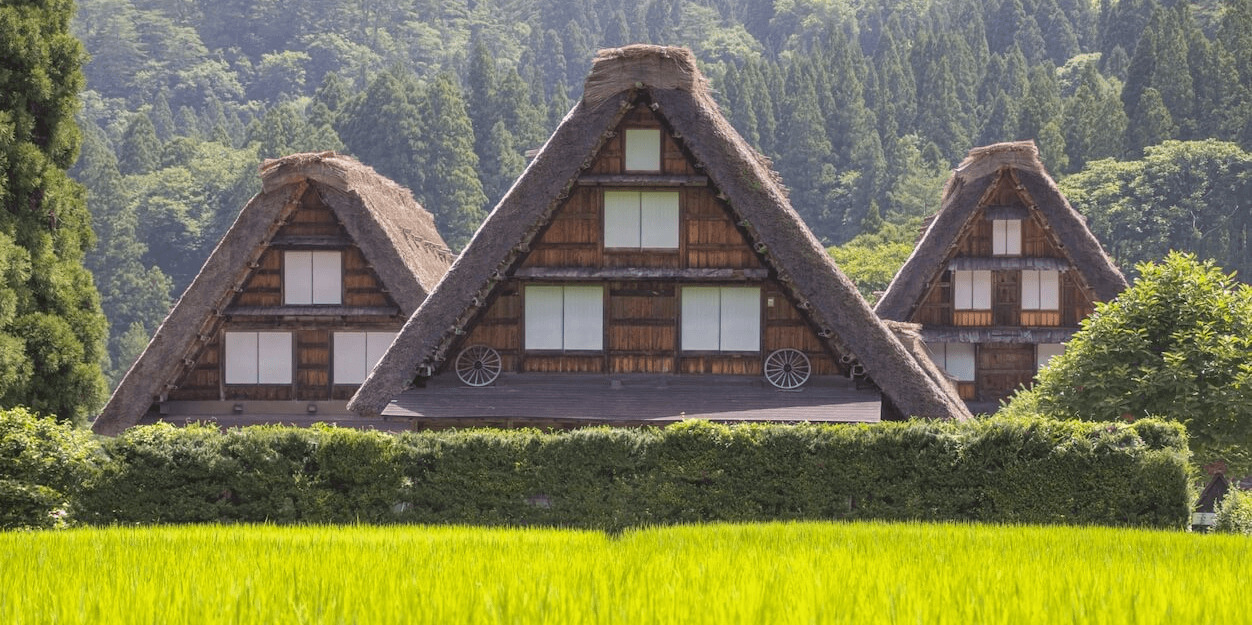
For many if not most Japanese, the word ‘satoyama’ conjures imagery of idyllic rural villages and a slower, healthier way of life in which people live in harmony with the environment. Literally translating as ‘mountain village’, satoyama has no better demonstration than in the villages making-up Shirakawa-go and Gokayama. Awarded World Heritage status for just that reason – as examples of human ingenuity and the ability of man to live in harmony with our environment – the villages are hugely popular destinations that can be enjoy as day-trips from Takayama, Toyama or Kanazawa, or overnight visits by staying in one of the farmhouses. Our ’15 Things To Do In Shirakawa-go & Where To Stay’ page has lots of suggestions of the best things to do and see when there along with accommodation listings in the area.


